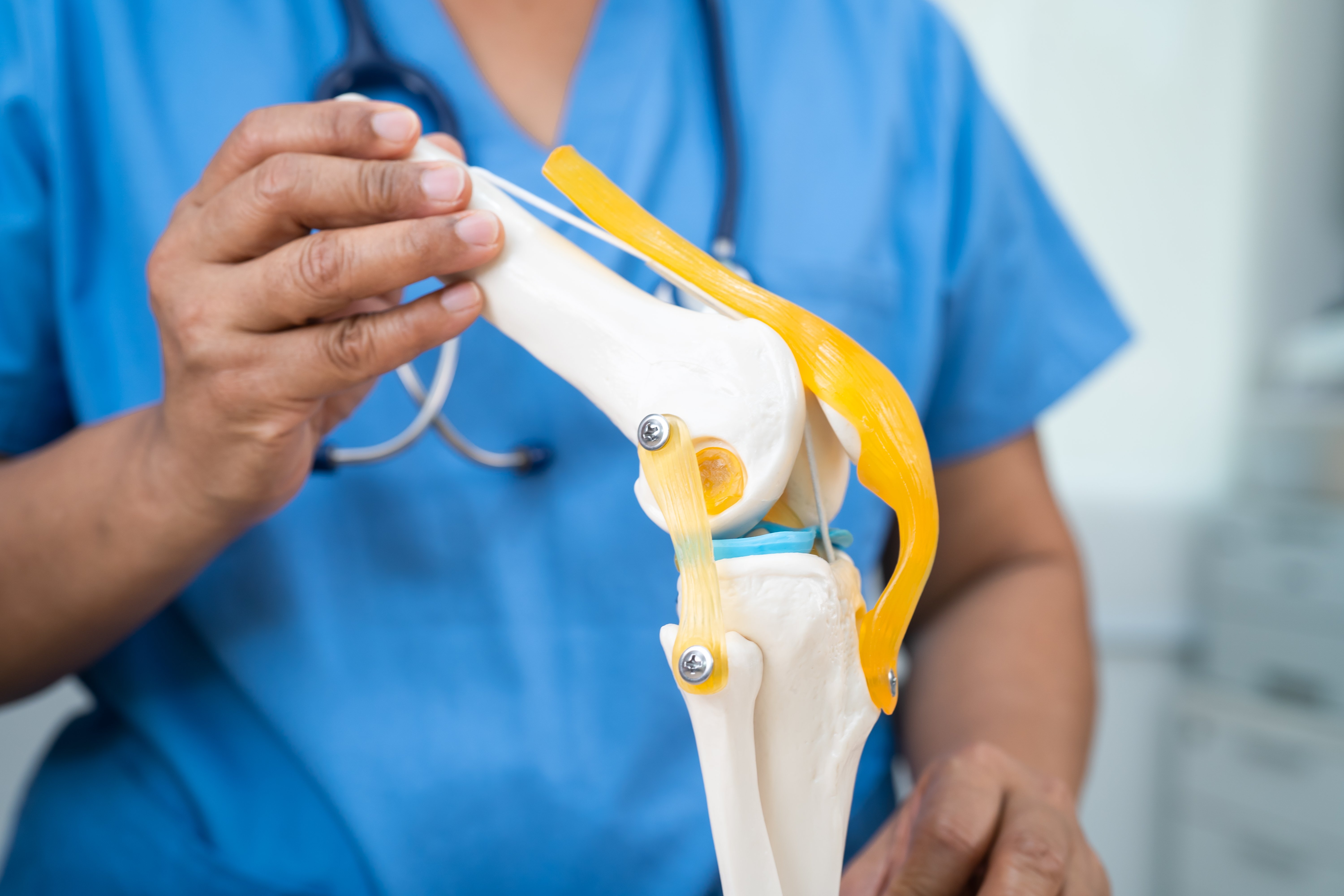Patient-Specific Solutions May Be the Future of Orthopedic Surgery

The long-term success rates of off-the-shelf orthopedic implants have not been optimal due to the wide differences in patient anatomies.
In the event of a straightforward surgical case, one might appreciate a certain intuitive logic to the one-size-fits-all approach traditionally used in orthopedic surgery—the implants are economical and readily available. Now that we have advanced technologies such as 3D-printed implants and AI, however, this logic is increasingly being challenged.
Some of the total knee arthroplasty (TKA) literature indicates that personalized TKA results in more satisfied patients. Other research found that patients receiving customized implants had significantly lower transfusion rates, lower rates of adverse events (infection, thromboembolism, or any other adverse event) as inpatients and up to 90 days post-discharge, and quicker times to discharge, compared to standard TKR. However, other work indicates that we lack conclusive long-term clinical evidence.
Solutions tailored to the individual patient typically necessitate a multidisciplinary team, which, while effective, is costly in terms of funds and time. These solutions typically involve extended lead times from the point at which the joint is scanned to when the physician approves it, to when the implant has been manufactured—usually several weeks.
Looking at knee replacement in particular, in order to accurately design a customized implant, 3D imaging is used to make thousands of 2D slices. This is followed by a “laborious and time-consuming manual segmentation process” and a “bespoke manual design process for each individual’s implant designs.” There is evidence, however, that with AI-assisted segmentation, the process can be reduced from hours to minutes.
Time can also be saved because in contrast to traditional implants that require separate casting, forging, machining, and coating processes. 3D printing bundles some of these into one step, enhancing production efficiency and design flexibility.
Furthermore, one overarching question remains: can we do personalized implants and instrumentation at scale? Considering TKA alone, there are nearly one million surgeries performed each year in the U.S. To achieve personalized solutions at scale, we will have to reach for the ultimate tool—automation. By offloading repetitive design tasks to machine learning and AI, we can make major inroads into scaling up production and scaling down lead time.
Patient cost may be another obstacle, with one study finding that patients with a customized implant were more likely to incur outpatient costs than the off-the-shelf implant cohort (90.9% vs 85.7%, respectively). Moreover, patients with a customized implant had higher outpatient spending ($2,328 vs $2,106).
And because you must involve individuals from additional specialties (such as biomedical engineering), there are additional costs, not to mention additional steps. Another consideration is the advanced technology required to bring such personalized solutions to fruition.
As we continue to watch this space, our projection is that patient-specific guides and implants will be helpful in the shoulder as well as the foot and ankle space because they can improve accuracy and reduce OR time. Specifically, exposure of the glenoid and pin placement for reverse/anatomic shoulders will benefit greatly from personalized technology.
Concerning routine onsite implant manufacturing, that is many years away. In the interim, however, personalized guides may be the next step in the process. And, while the industry is still finding its way as far as cost cutting, it may be that for now, patient-specific implants are largely reserved for patients with challenging anatomy and cases.

.jpg?width=50&name=Driskell%20James%20(2).jpg) By
By


